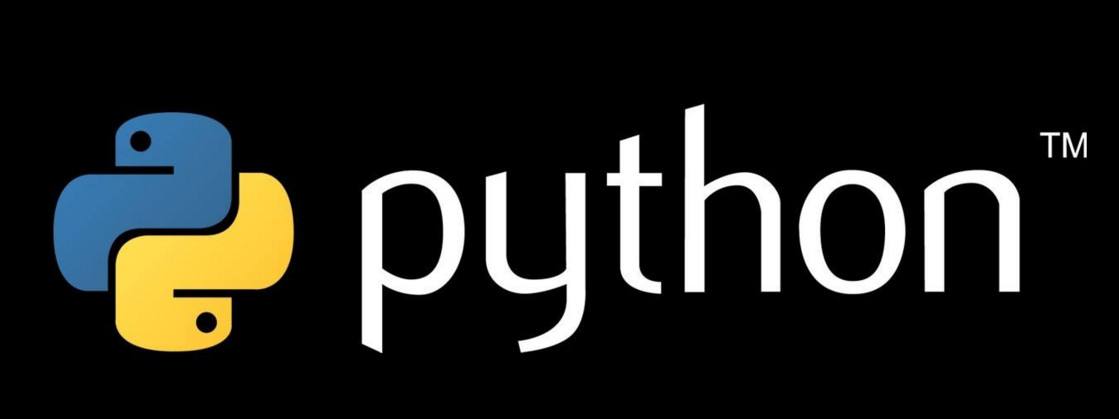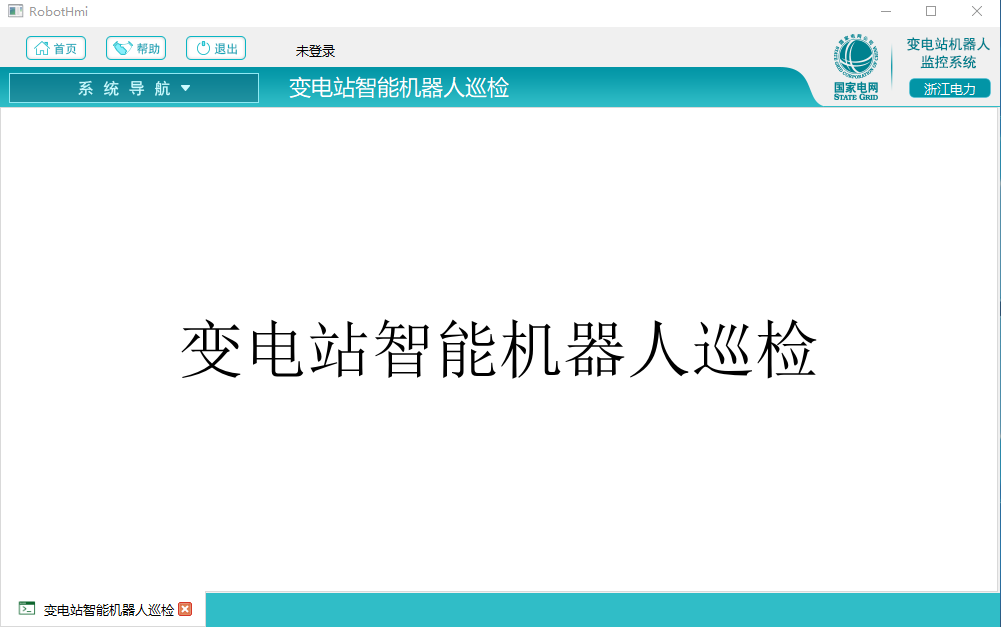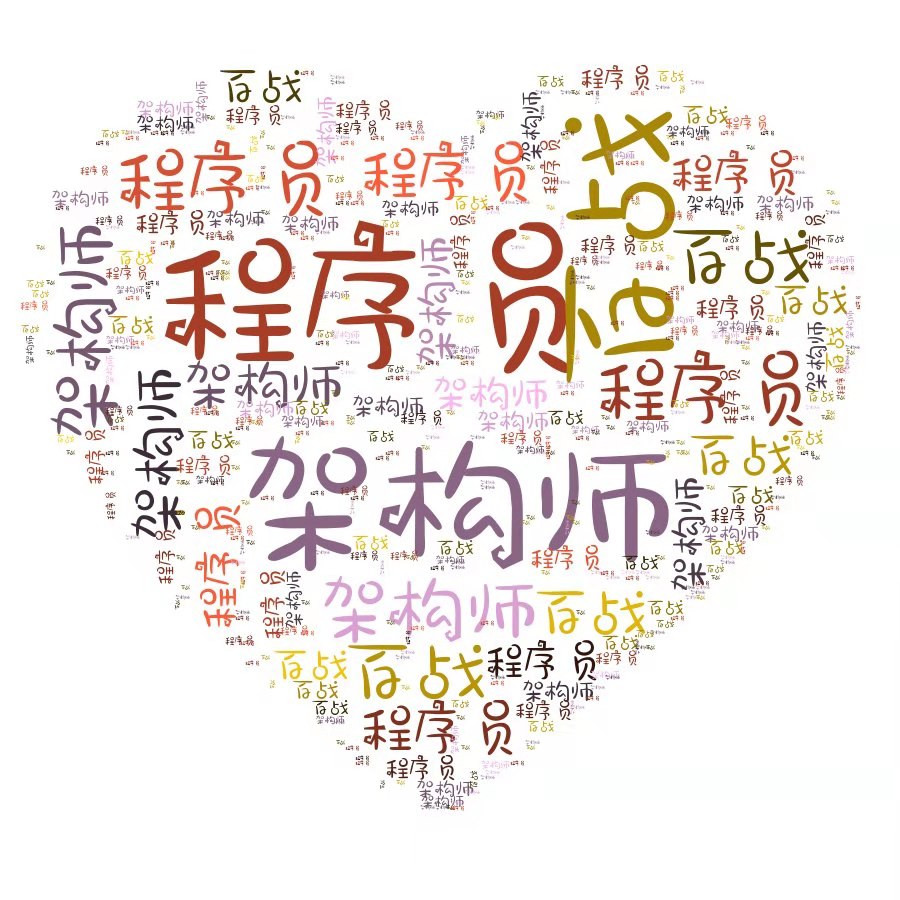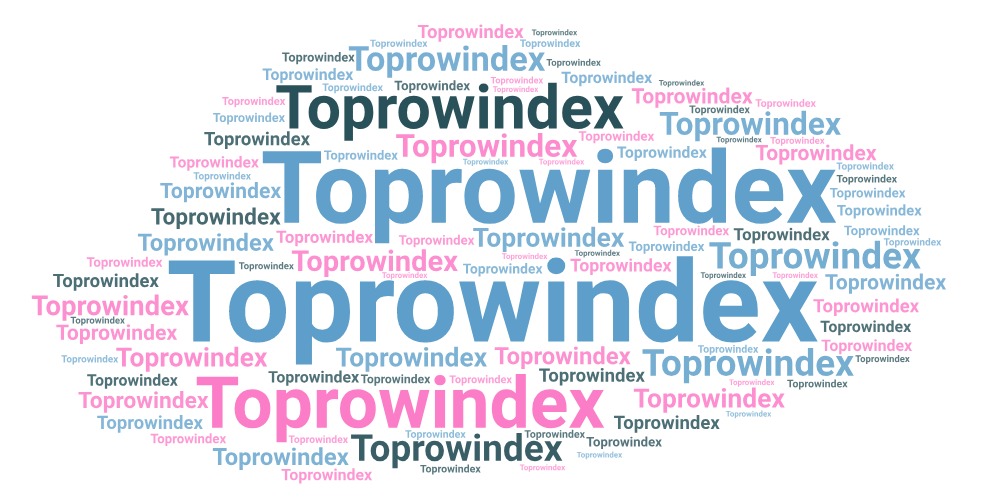【2019年11月28日】java FastJson的使用总结
温馨提示:
本文最后更新于 2020年08月24日,已超过 1,544 天没有更新。若文章内的图片失效(无法正常加载),请留言反馈或直接联系我。
1.前言
1.1.FastJson的介绍:
JSON(javaScript Object Notation)是一种轻量级的数据交换格式。主要采用键值对({"name": "json"})的方式来保存和表示数据。JSON是JS对象的字符串表示法,它使用文本表示一个JS对象的信息,本质上是一个字符串。
JSON的处理器有很多,这里我介绍一下FastJson,FastJson是阿里的开源JSON解析库,可以解析JSON格式的字符串,支持将Java Bean序列化为JSON字符串,也可以从JSON字符串反序列化到JavaBean。是一个极其优秀的Json框架,Github地址: FastJson
1.2.FastJson的特点:
1.FastJson数度快,无论序列化和反序列化,都是当之无愧的fast
2.功能强大(支持普通JDK类包括任意Java Bean Class、Collection、Map、Date或enum)
3.零依赖(没有依赖其它任何类库)
1.3.FastJson的简单说明:
FastJson对于json格式字符串的解析主要用到了下面三个类:
1.JSON:fastJson的解析器,用于JSON格式字符串与JSON对象及javaBean之间的转换
2.JSONObject:fastJson提供的json对象
3.JSONArray:fastJson提供json数组对象
2.FastJson的用法
首先定义三个json格式的字符串
//json字符串-简单对象型 private static final String JSON_OBJ_STR = "{\"studentName\":\"lily\",\"studentAge\":12}"; //json字符串-数组类型 private static final String JSON_ARRAY_STR = "[{\"studentName\":\"lily\",\"studentAge\":12},{\"studentName\":\"lucy\",\"studentAge\":15}]"; //复杂格式json字符串 private static final String COMPLEX_JSON_STR = "{\"teacherName\":\"crystall\",\"teacherAge\":27,\"course\":{\"courseName\":\"english\",\"code\":1270},\"students\":[{\"studentName\":\"lily\",\"studentAge\":12},{\"studentName\":\"lucy\",\"studentAge\":15}]}";
2.1.JSON格式字符串与JSON对象之间的转换
2.1.1.json字符串-简单对象型与JSONObject之间的转换
/** * json字符串-简单对象型到JSONObject的转换 */ @Test public void testJSONStrToJSONObject() { JSONObject jsonObject = JSONObject.parseObject(JSON_OBJ_STR); System.out.println("studentName: " + jsonObject.getString("studentName") + ":" + " studentAge: " + jsonObject.getInteger("studentAge")); } /** * JSONObject到json字符串-简单对象型的转换 */ @Test public void testJSONObjectToJSONStr() { //已知JSONObject,目标要转换为json字符串 JSONObject jsonObject = JSONObject.parseObject(JSON_OBJ_STR); // 第一种方式 String jsonString = JSONObject.toJSONString(jsonObject); // 第二种方式 //String jsonString = jsonObject.toJSONString(); System.out.println(jsonString); }
2.1.3.复杂json格式字符串与JSONObject之间的转换
/** * 复杂json格式字符串到JSONObject的转换 */ @Test public void testComplexJSONStrToJSONObject() { JSONObject jsonObject = JSONObject.parseObject(COMPLEX_JSON_STR); String teacherName = jsonObject.getString("teacherName"); Integer teacherAge = jsonObject.getInteger("teacherAge"); System.out.println("teacherName: " + teacherName + " teacherAge: " + teacherAge); JSONObject jsonObjectcourse = jsonObject.getJSONObject("course"); //获取JSONObject中的数据 String courseName = jsonObjectcourse.getString("courseName"); Integer code = jsonObjectcourse.getInteger("code"); System.out.println("courseName: " + courseName + " code: " + code); JSONArray jsonArraystudents = jsonObject.getJSONArray("students"); //遍历JSONArray for (Object object : jsonArraystudents) { JSONObject jsonObjectone = (JSONObject) object; String studentName = jsonObjectone.getString("studentName"); Integer studentAge = jsonObjectone.getInteger("studentAge"); System.out.println("studentName: " + studentName + " studentAge: " + studentAge); } } /** * 复杂JSONObject到json格式字符串的转换 */ @Test public void testJSONObjectToComplexJSONStr() { //复杂JSONObject,目标要转换为json字符串 JSONObject jsonObject = JSONObject.parseObject(COMPLEX_JSON_STR); //第一种方式 //String jsonString = JSONObject.toJSONString(jsonObject); //第二种方式 String jsonString = jsonObject.toJSONString(); System.out.println(jsonString); }
2.2.JSON格式字符串与javaBean之间的转换
2.2.1.json字符串-简单对象型与javaBean之间的转换
/** * json字符串-简单对象到JavaBean之间的转换 */ @Test public void testJSONStrToJavaBeanObj() { //第一种方式 JSONObject jsonObject = JSONObject.parseObject(JSON_OBJ_STR); String studentName = jsonObject.getString("studentName"); Integer studentAge = jsonObject.getInteger("studentAge"); //Student student = new Student(studentName, studentAge); //第二种方式,使用TypeReference<T>类,由于其构造方法使用protected进行修饰,故创建其子类 //Student student = JSONObject.parseObject(JSON_OBJ_STR, new TypeReference<Student>() {}); //第三种方式,使用Gson的思想 Student student = JSONObject.parseObject(JSON_OBJ_STR, Student.class); System.out.println(student); } /** * JavaBean到json字符串-简单对象的转换 */ @Test public void testJavaBeanObjToJSONStr() { Student student = new Student("lily", 12); String jsonString = JSONObject.toJSONString(student); System.out.println(jsonString); }
2.2.2.json字符串-数组类型与javaBean之间的转换
/** * json字符串-数组类型到JavaBean_List的转换 */ @Test public void testJSONStrToJavaBeanList() { //第一种方式 JSONArray jsonArray = JSONArray.parseArray(JSON_ARRAY_STR); //遍历JSONArray List<Student> students = new ArrayList<Student>(); Student student = null; for (Object object : jsonArray) { JSONObject jsonObjectone = (JSONObject) object; String studentName = jsonObjectone.getString("studentName"); Integer studentAge = jsonObjectone.getInteger("studentAge"); student = new Student(studentName,studentAge); students.add(student); } System.out.println("students: " + students); //第二种方式,使用TypeReference<T>类,由于其构造方法使用protected进行修饰,故创建其子类 List<Student> studentList = JSONArray.parseObject(JSON_ARRAY_STR, new TypeReference<ArrayList<Student>>() {}); System.out.println("studentList: " + studentList); //第三种方式,使用Gson的思想 List<Student> studentList1 = JSONArray.parseArray(JSON_ARRAY_STR, Student.class); System.out.println("studentList1: " + studentList1); } /** * JavaBean_List到json字符串-数组类型的转换 */ @Test public void testJavaBeanListToJSONStr() { Student student = new Student("lily", 12); Student studenttwo = new Student("lucy", 15); List<Student> students = new ArrayList<Student>(); students.add(student); students.add(studenttwo); String jsonString = JSONArray.toJSONString(students); System.out.println(jsonString); }
2.2.3.复杂json格式字符串与与javaBean之间的转换
/** * 复杂json格式字符串到JavaBean_obj的转换 */ @Test public void testComplexJSONStrToJavaBean(){ //第一种方式,使用TypeReference<T>类,由于其构造方法使用protected进行修饰,故创建其子类 Teacher teacher = JSONObject.parseObject(COMPLEX_JSON_STR, new TypeReference<Teacher>() {}); System.out.println(teacher); //第二种方式,使用Gson思想 Teacher teacher1 = JSONObject.parseObject(COMPLEX_JSON_STR, Teacher.class); System.out.println(teacher1); } /** * 复杂JavaBean_obj到json格式字符串的转换 */ @Test public void testJavaBeanToComplexJSONStr(){ //已知复杂JavaBean_obj Teacher teacher = JSONObject.parseObject(COMPLEX_JSON_STR, new TypeReference<Teacher>() {}); String jsonString = JSONObject.toJSONString(teacher); System.out.println(jsonString); }
2.3.javaBean与json对象间的之间的转换
2.3.1.简单javaBean与json对象之间的转换
/** * 简单JavaBean_obj到json对象的转换 */ @Test public void testJavaBeanToJSONObject(){ //已知简单JavaBean_obj Student student = new Student("lily", 12); //方式一 String jsonString = JSONObject.toJSONString(student); JSONObject jsonObject = JSONObject.parseObject(jsonString); System.out.println(jsonObject); //方式二 JSONObject jsonObject1 = (JSONObject) JSONObject.toJSON(student); System.out.println(jsonObject1); } /** * 简单json对象到JavaBean_obj的转换 */ @Test public void testJSONObjectToJavaBean(){ //已知简单json对象 JSONObject jsonObject = JSONObject.parseObject(JSON_OBJ_STR); //第一种方式,使用TypeReference<T>类,由于其构造方法使用protected进行修饰,故创建其子类 Student student = JSONObject.parseObject(jsonObject.toJSONString(), new TypeReference<Student>() {}); System.out.println(student); //第二种方式,使用Gson的思想 Student student1 = JSONObject.parseObject(jsonObject.toJSONString(), Student.class); System.out.println(student1); }
2.3.2.JavaList与JsonArray之间的转换
/** * JavaList到JsonArray的转换 */ @Test public void testJavaListToJsonArray() { //已知JavaList Student student = new Student("lily", 12); Student studenttwo = new Student("lucy", 15); List<Student> students = new ArrayList<Student>(); students.add(student); students.add(studenttwo); //方式一 String jsonString = JSONArray.toJSONString(students); JSONArray jsonArray = JSONArray.parseArray(jsonString); System.out.println(jsonArray); //方式二 JSONArray jsonArray1 = (JSONArray) JSONArray.toJSON(students); System.out.println(jsonArray1); } /** * JsonArray到JavaList的转换 */ @Test public void testJsonArrayToJavaList() { //已知JsonArray JSONArray jsonArray = JSONArray.parseArray(JSON_ARRAY_STR); //第一种方式,使用TypeReference<T>类,由于其构造方法使用protected进行修饰,故创建其子类 ArrayList<Student> students = JSONArray.parseObject(jsonArray.toJSONString(), new TypeReference<ArrayList<Student>>() {}); System.out.println(students); //第二种方式,使用Gson的思想 List<Student> students1 = JSONArray.parseArray(jsonArray.toJSONString(), Student.class); System.out.println(students1); }
2.3.2.JavaList与JsonArray之间的转换
/** * JavaList到JsonArray的转换 */ @Test public void testJavaListToJsonArray() { //已知JavaList Student student = new Student("lily", 12); Student studenttwo = new Student("lucy", 15); List<Student> students = new ArrayList<Student>(); students.add(student); students.add(studenttwo); //方式一 String jsonString = JSONArray.toJSONString(students); JSONArray jsonArray = JSONArray.parseArray(jsonString); System.out.println(jsonArray); //方式二 JSONArray jsonArray1 = (JSONArray) JSONArray.toJSON(students); System.out.println(jsonArray1); } /** * JsonArray到JavaList的转换 */ @Test public void testJsonArrayToJavaList() { //已知JsonArray JSONArray jsonArray = JSONArray.parseArray(JSON_ARRAY_STR); //第一种方式,使用TypeReference<T>类,由于其构造方法使用protected进行修饰,故创建其子类 ArrayList<Student> students = JSONArray.parseObject(jsonArray.toJSONString(), new TypeReference<ArrayList<Student>>() {}); System.out.println(students); //第二种方式,使用Gson的思想 List<Student> students1 = JSONArray.parseArray(jsonArray.toJSONString(), Student.class); System.out.println(students1); }
2.3.3.复杂JavaBean_obj与json对象之间的转换
/** * 复杂JavaBean_obj到json对象的转换 */ @Test public void testComplexJavaBeanToJSONObject() { //已知复杂JavaBean_obj Student student = new Student("lily", 12); Student studenttwo = new Student("lucy", 15); List<Student> students = new ArrayList<Student>(); students.add(student); students.add(studenttwo); Course course = new Course("english", 1270); Teacher teacher = new Teacher("crystall", 27, course, students); //方式一 String jsonString = JSONObject.toJSONString(teacher); JSONObject jsonObject = JSONObject.parseObject(jsonString); System.out.println(jsonObject); //方式二 JSONObject jsonObject1 = (JSONObject) JSONObject.toJSON(teacher); System.out.println(jsonObject1); } /** * 复杂json对象到JavaBean_obj的转换 */ @Test public void testComplexJSONObjectToJavaBean() { //已知复杂json对象 JSONObject jsonObject = JSONObject.parseObject(COMPLEX_JSON_STR); //第一种方式,使用TypeReference<T>类,由于其构造方法使用protected进行修饰,故创建其子类 Teacher teacher = JSONObject.parseObject(jsonObject.toJSONString(), new TypeReference<Teacher>() {}); System.out.println(teacher); //第二种方式,使用Gson的思想 Teacher teacher1 = JSONObject.parseObject(jsonObject.toJSONString(), Teacher.class); System.out.println(teacher1); }
总结
// 把JSON文本parse为JSONObject或者JSONArray public static final Object parse(String text); // 把JSON文本parse成JSONObject public static final JSONObject parseObject(String text); // 把JSON文本parse为JavaBean public static final <T> T parseObject(String text, Class<T> clazz); // 把JSON文本parse成JSONArray public static final JSONArray parseArray(String text); //把JSON文本parse成JavaBean集合 public static final <T> List<T> parseArray(String text, Class<T> clazz); // 将JavaBean序列化为JSON文本 public static final String toJSONString(Object object); // 将JavaBean序列化为带格式的JSON文本 public static final String toJSONString(Object object, boolean prettyFormat); //将JavaBean转换为JSONObject或者JSONArray。 public static final Object toJSON(Object javaObject);
参考:
https://segmentfault.com/a/1190000011212806#articleHeader7
https://www.cnblogs.com/miracle-luna/p/11143702.html
https://github.com/alibaba/fastjson
正文到此结束
- 本文标签: 其他
- 本文链接: http://www.unknowtime.top/article/170
- 版权声明: 本文由仓颉大哥原创发布,转载请遵循《署名-非商业性使用-相同方式共享 4.0 国际 (CC BY-NC-SA 4.0)》许可协议授权










